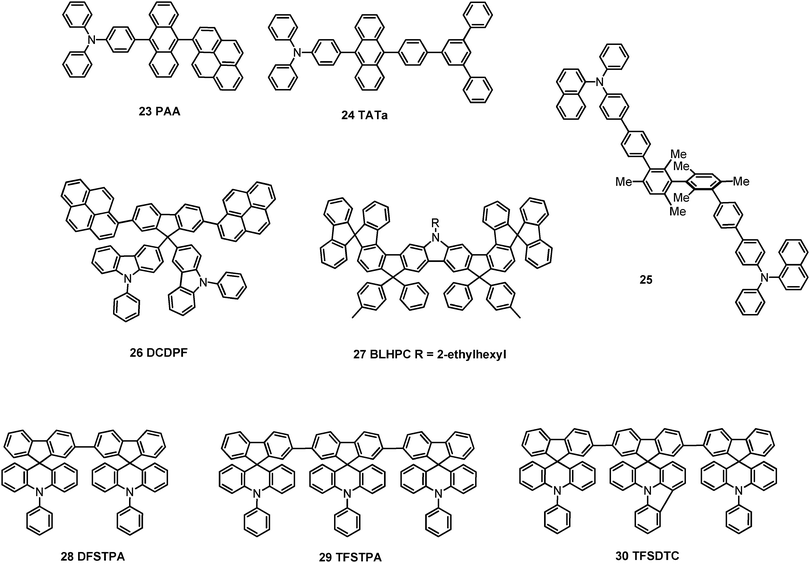Smartphones & OLED
Given that the data collected for 2021 is for only the first half of this year, and that on average (last two years) 55.2% of available models are released in the 2nd half of the year, we can make some assumptions about how many new smartphone models will be released and available this year and what percentage of those will be OLED or LCD. Based on the typical split between 1H and 2H, the model suggests that this will be a record year for new smartphone models, reaching a projected 426 smartphone models released or available this year, up 12.5% from last year, and slightly above the peak of the last 5 years (2017) (Fig. 1). OLED share itself has been increasing in new models, with a projected 48.6% share of new & available models by the end of this year and a slightly higher share (over 50%) for the 1st half (Fig. 2).






 RSS Feed
RSS Feed